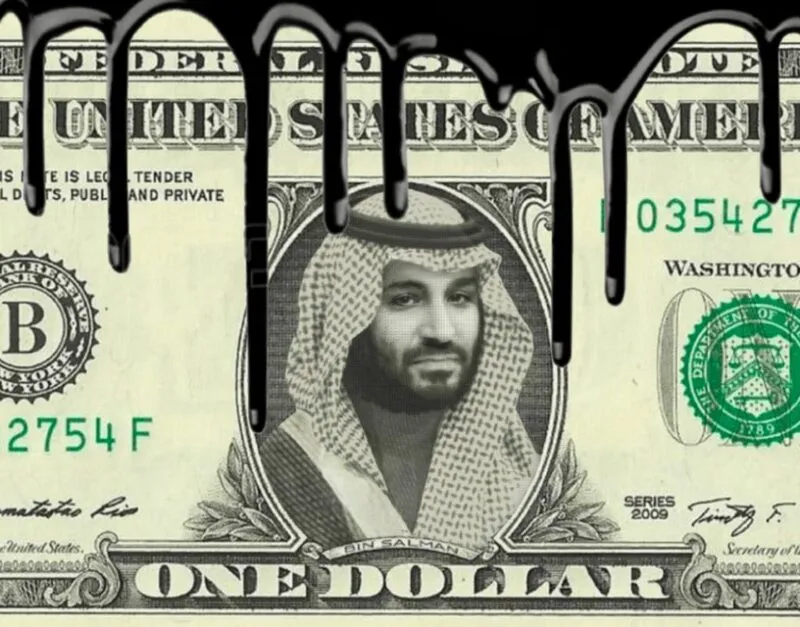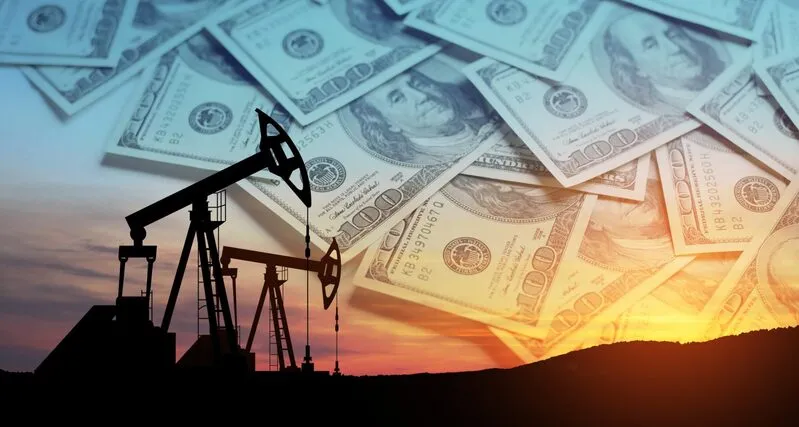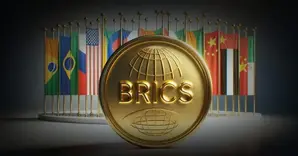The petrodollar was established in the 1970s after the US struck deals with Saudi Arabia and other OPEC countries. The deal was to price and settle oil trades in US dollars. The arrangement ensured a constant global demand for the US dollar. While the system supported US economic dominance, we may be coming to the end of the petrodollar. The share of the US dollar in global reserves has been falling over the last two decades. Moreover, countries buying oil in local currencies have seen a substantial rise. Let’s discuss if we are at the end of the dollar’s reign.
With the US Dollar Falling, Is the Petro Dollar At an End, Too?

China is the world’s largest oil importer. The nation has also started a crusade against the US dollar. China has encouraged oil exporters like Saudi Arabia to accept the yuan for oil trades and settlements. China also does oil deals with Russia using the yuan.
India has also joined the US dollar-ditching bandwagon. The country began paying for some oil imports from the UAE and Russia in rupees. President Trump recently imposed a 25% tariff on India for its Russian oil purchases. India released a statement saying that it needs to keep its national interests in check. The country will likely continue buying Russian energy for the foreseeable future.
There are also hints that Saudi Arabia is open to accepting yuan or other currencies for oil exports. If Saudi Arabia begins settling oil trades in non-US dollar currencies, we may see a big shift in global currency domination. The US dollar, and petrodollar for that matter, may see a halting end to its dominance.
Also Read: Demand For US Dollar Rises, Oil Companies Say No To Local Currencies
Sanctioned nations, like North Korea, Iran, and Russia, have begun using alternative currencies for trade. Yuan and Bitcoin (BTC) have emerged as two contenders for sanctioned nations.
While the US dollar’s position is undoubtedly under threat, it is unlikely that other currencies will take the greenback’s position anytime soon. No other currency is as liquid as the USD, and the dollar continues to be the global foreign exchange reserve currency.






